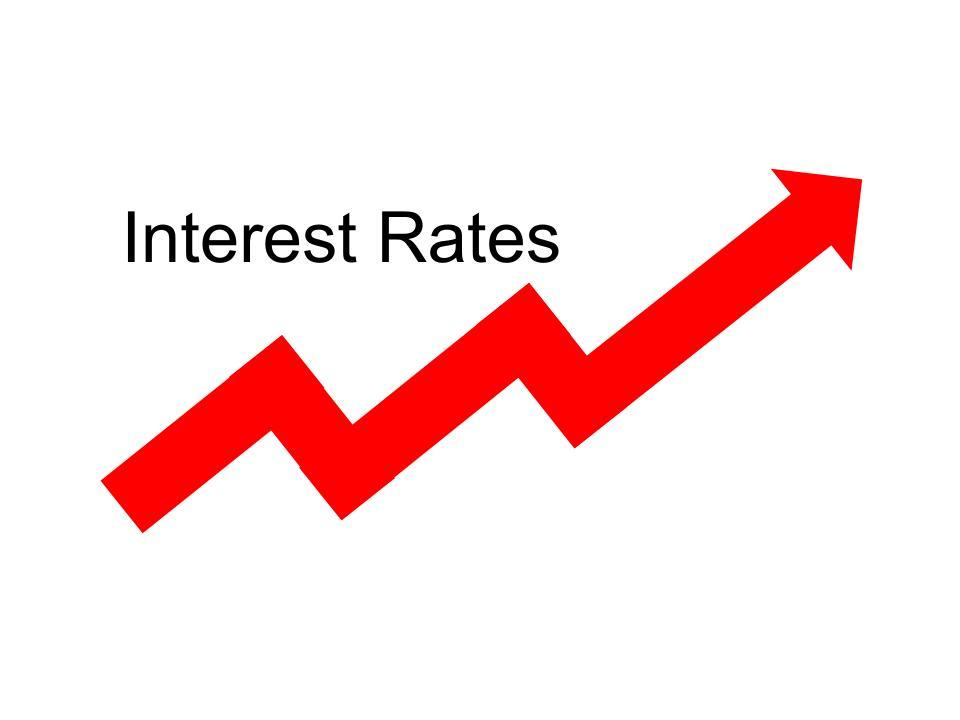In the intricate ballet of global finance, interest rates serve as both the metronome and the maestro, orchestrating the rhythm of economic activity. As central banks around the world adjust these rates, they send ripples through the financial ecosystem, influencing everything from consumer spending to corporate investment. Among the most affected are financial institutions, whose credit risk exposure becomes a focal point in the wake of interest rate hikes. This article delves into the nuanced interplay between rising interest rates and credit risk, unraveling how these adjustments can reshape the risk landscape for banks and lending institutions. With an authoritative lens, we explore the mechanisms at play, the potential pitfalls, and the strategies institutions can employ to navigate this complex terrain. As we embark on this exploration, we aim to illuminate the path for financial entities striving to maintain stability amidst the shifting sands of economic policy. Credit Risk Trends”>Rising Interest Rates on Credit Risk Dynamics”>
Credit Risk Trends”>Rising Interest Rates on Credit Risk Dynamics”>
Impact of Rising Interest Rates on Credit Risk Dynamics
The escalation of interest rates introduces a multifaceted challenge to financial institutions, reshaping the landscape of credit risk exposure. As rates climb, the cost of borrowing increases, potentially leading to a higher likelihood of default among borrowers. This shift necessitates a recalibration of risk assessment models, compelling banks and financial entities to adopt more stringent lending criteria. Institutions must navigate the delicate balance between maintaining profitability and mitigating risk, all while ensuring compliance with regulatory frameworks.
- Borrower Strain: Higher interest rates can strain borrowers’ repayment capacities, particularly affecting those with variable-rate loans.
- Portfolio Revaluation: The valuation of existing loan portfolios may fluctuate, impacting the institution’s balance sheet.
- Credit Quality Monitoring: Continuous monitoring of credit quality becomes crucial to preemptively identify potential defaults.
- Risk Mitigation Strategies: Implementing hedging strategies and diversifying credit portfolios can help cushion the impact of rate hikes.
In this evolving environment, financial institutions must remain vigilant, leveraging advanced analytics and technology to anticipate and adapt to the changing dynamics of credit risk. The ability to swiftly adjust strategies in response to interest rate movements will be a key determinant of resilience and success in the financial sector.

Analyzing Vulnerabilities in Financial Institutions Amid Rate Hikes
In the intricate web of financial stability, interest rate hikes emerge as pivotal threads influencing credit risk exposure. As central banks adjust rates, financial institutions face the dual challenge of managing their asset portfolios and recalibrating their risk assessments. The increase in rates often leads to higher borrowing costs, which can strain borrowers’ repayment capabilities. This scenario can potentially escalate the probability of defaults, thereby amplifying credit risk. Financial institutions must remain vigilant, employing robust risk management strategies to navigate these turbulent waters.
Consider the following critical factors that financial institutions must evaluate:
- Borrower Resilience: Assessing the financial health and adaptability of borrowers to withstand increased interest expenses.
- Portfolio Diversification: Ensuring a well-diversified asset portfolio to mitigate concentration risk.
- Stress Testing: Conducting rigorous stress tests to evaluate potential impacts on the institution’s balance sheet.
- Regulatory Compliance: Adhering to evolving regulatory requirements to maintain operational integrity.
By addressing these areas, financial institutions can better position themselves to withstand the ripple effects of rate hikes, safeguarding their stability and ensuring sustained growth.

Strategies for Mitigating Increased Credit Risk Exposure
In the face of rising interest rates, financial institutions must adopt robust strategies to manage and mitigate the amplified credit risk exposure. Proactive risk assessment is essential, enabling institutions to identify potential vulnerabilities within their loan portfolios. By employing advanced analytics and stress testing, banks can simulate various economic scenarios, ensuring preparedness for adverse conditions. Additionally, diversification of the credit portfolio is a critical tactic. By spreading exposure across different sectors, geographies, and borrower types, institutions can cushion the impact of sector-specific downturns.
Another effective strategy is the implementation of dynamic credit monitoring systems. These systems leverage real-time data and machine learning algorithms to continuously evaluate borrower creditworthiness, allowing for timely interventions. Furthermore, strengthening borrower relationships can be invaluable. By engaging in open dialogues with borrowers, institutions can gain insights into their financial health and offer tailored solutions to manage repayment challenges. enhancing capital reserves acts as a financial buffer, providing the institution with the resilience needed to withstand potential credit losses. Together, these strategies form a comprehensive approach to navigating the complexities of increased credit risk in a rising interest rate environment.

Enhancing Risk Management Frameworks in Volatile Economic Climates
In the wake of rising interest rates, financial institutions face a heightened landscape of credit risk exposure. Interest rate hikes can lead to increased borrowing costs, which may strain the financial health of borrowers, particularly those with variable-rate loans. As a result, financial institutions must bolster their risk management frameworks to mitigate potential defaults and delinquencies. The key to navigating these turbulent waters lies in proactive measures and strategic adjustments.
- Stress Testing: Implement rigorous stress testing scenarios to assess the impact of rate changes on borrowers’ ability to repay.
- Portfolio Diversification: Diversify loan portfolios to spread risk across different sectors and borrower profiles.
- Enhanced Monitoring: Increase the frequency and depth of credit monitoring to identify early warning signs of borrower distress.
- Repricing Strategies: Adjust loan pricing models to reflect the increased cost of funds and maintain profitability.
By adopting these strategies, financial institutions can enhance their resilience against the ripple effects of interest rate fluctuations, safeguarding their portfolios in volatile economic climates.





